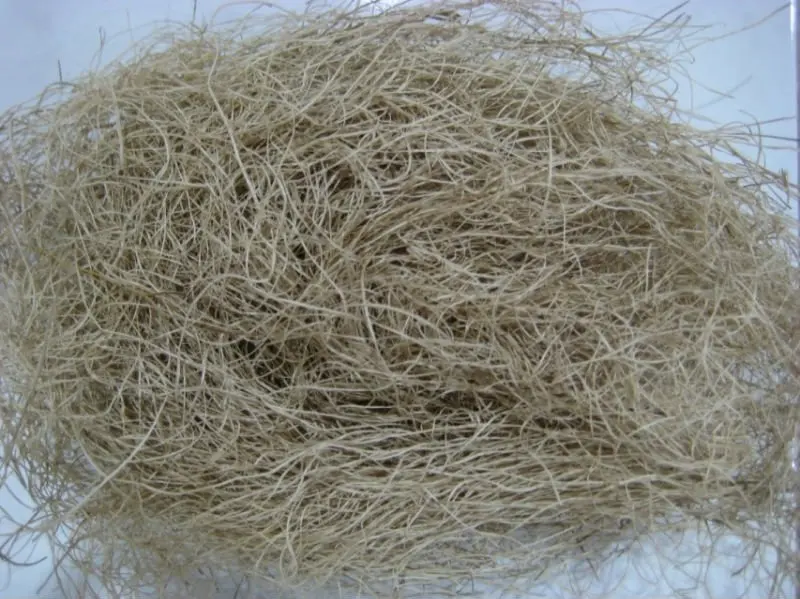Energy Potential of Empty Fruit Bunches
A palm oil plantation yields huge amount
of biomass wastes in the form of empty fruit bunches (EFB), palm oil
mill effluent (POME) and palm kernel shell (PKS). In
a typical palm oil mill, empty fruit bunches are available in abundance
as fibrous material of purely biological origin. EFB contains neither
chemical nor mineral additives, and depending on proper handling
operations at the mill, it is free from foreign elements such as gravel,
nails, wood residues, waste etc. However, it is saturated with water
due to the biological growth combined with the steam sterilization at
the mill. Since the moisture content in EFB is around 67%,
pre-processing is necessary before EFB can be considered as a good fuel.
Unprocessed EFB is available as very wet
whole empty fruit bunches each weighing several kilograms while
processed EFB is a fibrous material with fiber length of 10-20 cm and
reduced moisture content of 30-50%. Additional processing steps can
reduce fiber length to around 5 cm and the material can also be
processed into bales, pellets or pulverized form after drying.
There is a large potential of
transforming EFB into renewable energy resource that could meet the
existing energy demand of palm oil mills or other industries.
Pre-treatment steps such as shredding/chipping and dewatering (screw
pressing or drying) are necessary in order to improve the fuel property
of EFB. Pre-processing of EFB will greatly improve its handling
properties and reduce the transportation cost to the end user i.e. power
plant. Under such scenario, kernel shells and mesocarp fibres which are
currently utilized for providing heat for mills can be relieved for
other uses off-site with higher economic returns for palm oil millers.
The fuel could either be prepared by the
mills before sell to the power plants, or handled by the end users
based on their own requirements. Besides, centralized EFB collection
and pre-processing system could be considered as a component in EFB
supply chain. It is evident that the mapping of available EFB resources
would be useful for EFB resource supply chain improvement. This is
particular important as there are many different competitive usages.
With proper mapping, assessment of better logistics and EFB resource
planning can lead to better cost effectiveness for both supplier and
user of the EFB.
A covered yard is necessary to supply a
constant amount of this biomass resource to the energy sector. Storage
time should however be short, e.g. 5 days, as the product; even with 45%
moisture is vulnerable to natural decay through fungi or bacterial
processes. This gives handling and health problems due to fungi spores,
but it also contributes through a loss of dry matter trough biological
degradation. Transportation of EFB is recommended in open trucks with
high sides which can be capable of carrying an acceptable tonnage of
this low-density biomass waste.
For EFB utilization in power stations,
the supply chain is characterized by size reduction, drying and pressing
into bales. This may result in significantly higher processing costs
but transport costs are reduced. For use in co-firing in power plants
this would be the best solution, as equipment for fuel handling in the
power plant could operate with very high reliability having eliminated
all problems associated with the handling of a moist, fibrous fuel in
bulk.






0 komentar:
Posting Komentar